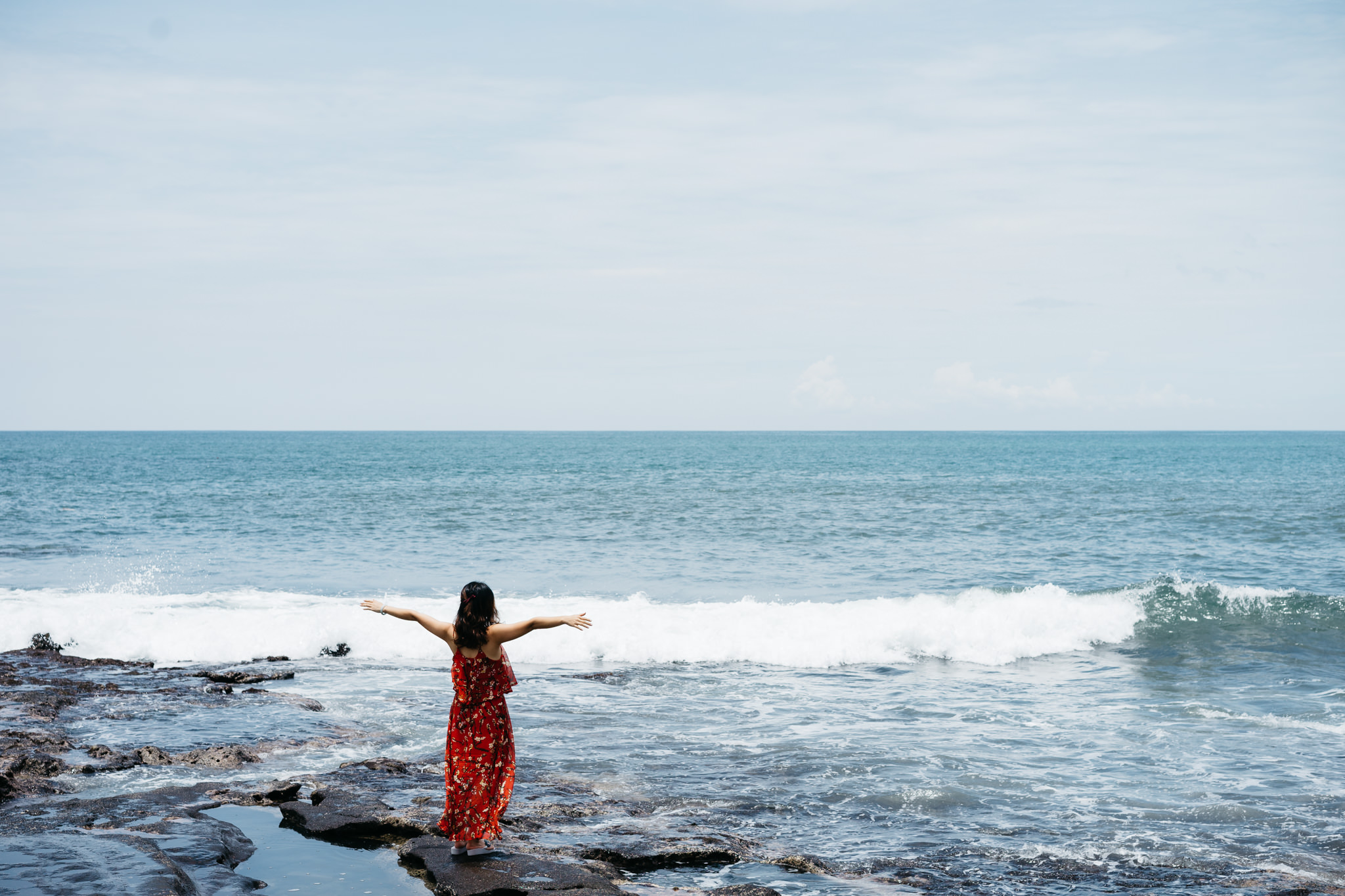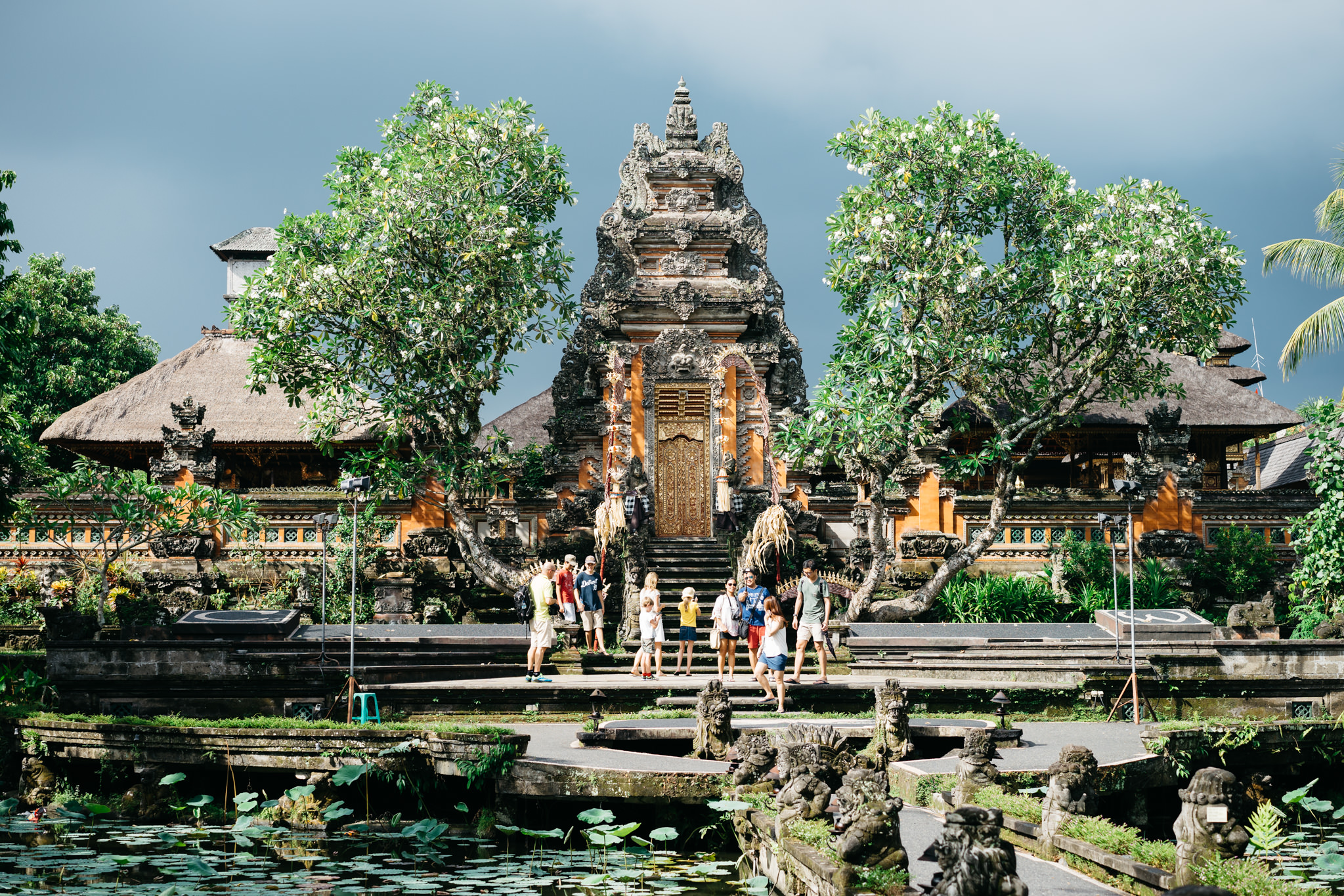The Republic of Indonesia is spread across 17,508 islands with an area of 1.9 million square kilometers. Indonesia is the largest island state and, with about 255 million inhabitants, the fourth most populous state in the world. Half of the population lives on the island of Java, which is also home to the capital Jakarta.
6,044 of the 17,508 belonging to Indonesia are inhabited. The largest islands are Sumatra and Borneo, both together accounting for more than half of the total area. The island of Borneo is divided between Indonesia, Malaysia and Brunei. On Borneo is with the border to Malaysia one of the three land borders of Indonesia. The other two borders are on the island of New Guinea to Papua New Guinea and on the island of Timor to East Timor.
The cuisine of Indonesia is very diverse and very intense. In most dishes you will find rice. One finds this for example in one of the national courts of the asiatic country, Nasi goreng. For Nasi goreng, translated fried rice, rice is fried together with meat or seafood, vegetables and spices and often served with a prepared egg.
The diversity of Indonesia’s inhabitants is reflected, among other things, in their names. Each group has its own naming rules. In many cases Indonesians have no first name and no last name, as it is common in the West.
For example, the Javanese people, who make up the largest group in the country, use most of the time one-name personal names, mononymic names. But there are also polynymic given names, multi-part names, without a surname or with a family name, which for example consists of the name of the father and the addition putra (for males, “son” in Sanskrit) or putri (for females, “daughter” in Sanskrit).





